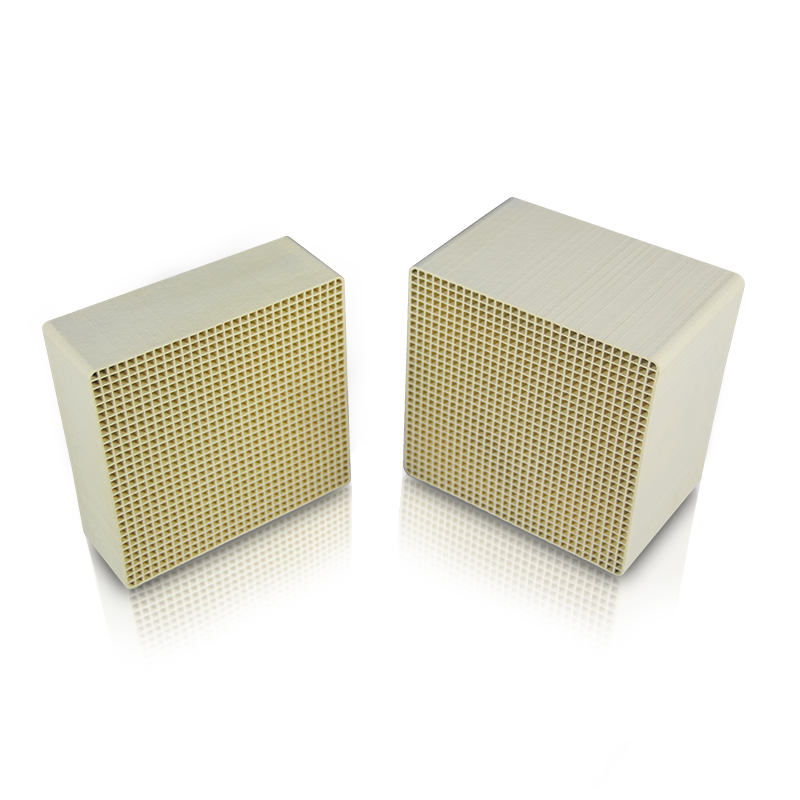Due to the late start of flue gas denitrification project in China, some domestic enterprises engaged in waste flue gas denitrification catalyst treatment adopt on-site regeneration method. However, from the present point of view, factory regeneration is the mainstream denitrification catalyst regeneration scheme in the international arena.
Factory regeneration is an organic combination of physical and chemical methods that can completely remove the surface and microporous blockage of denitrification catalysts, and more importantly, remove the chemically toxic arsenic, phosphorus and alkali metals effectively as well. Plant regeneration allows for a tightly controlled drying and calcining environment, which is critical to the effectiveness of the chemically active loading process. A true plant regeneration process is a complex physicochemical process and a regeneration solution tailored to each customer that restores the chemical performance of the denitrification catalyst to 100%. Plant regeneration is equipped with wastewater treatment facilities that can treat the wastewater generated during the regeneration process to meet the discharge standards.
On August 19, 2014, the Ministry of Environmental Protection of China rejected on-site regeneration and encouraged factory regeneration in the Guidelines for Review of Hazardous Waste Business License for Waste Flue Gas Denitrification Catalysts. Therefore, plant regeneration is the mainstream technology in denitrification catalyst regeneration industry. Denitrification catalyst regeneration technology has nearly 20 years of application experience abroad, with mature technology and a large number of successful application results, while the domestic regeneration business has just started, with only a few application results.
At present, the main foreign companies regenerating denitrification catalysts are Ebinger (Germany), Steag (USA), Coalogix (USA), etc. Ebinger (Germany) is the originator of catalyst plant regeneration technology. Coalogix, with technology from both Ebinger and Steag, is the second largest regenerator after Steag.
The regeneration methods of each company basically include the following steps: ① vacuum or compressed air blowing; ② cleaning solution soaking or spraying; ③ ultrasonic cleaning; ④ active component re-impregnation; ⑤ calcination.
The denitrification catalyst regeneration project is in line with the national environmental protection policy, which can save a lot of resources for the country and avoid secondary pollution to the environment, and is a project clearly encouraged by the state. In terms of market prospect, denitrification catalyst regeneration is very much in line with the current development trend and has a good domestic market. At present, domestic enterprises are also actively introducing foreign advanced technology, and the regeneration of denitrification catalysts will definitely usher in a great development.
